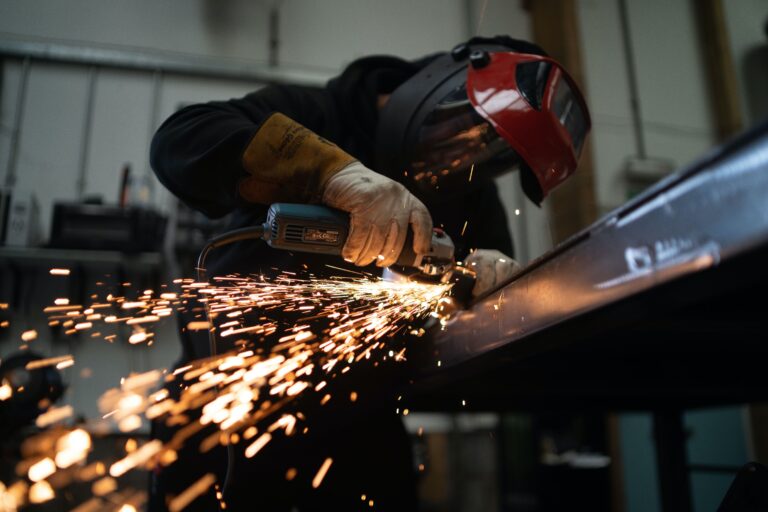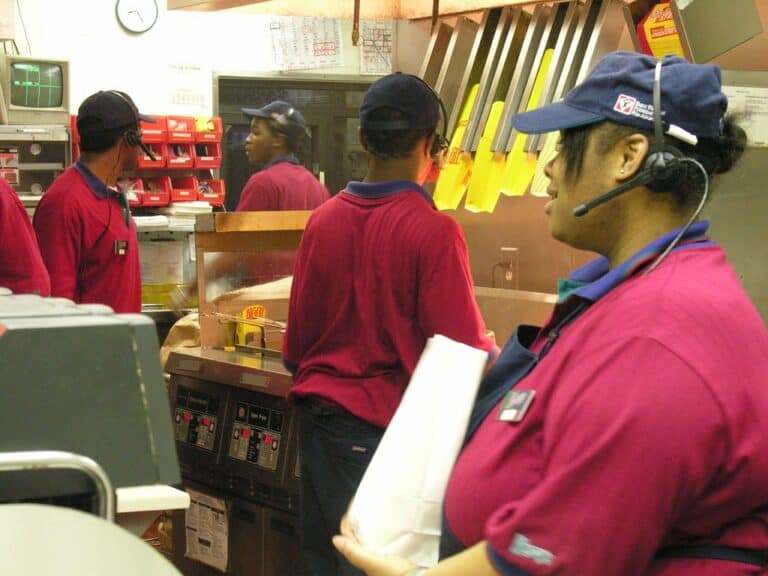Melody Burke is a student at Harvard Law School and a member of the Labor and Employment Lab.
Ten-year-old Ryan, much like other children, enjoys playing with various toys: tricycles, toy cars, action figures, play kitchens, etc. But what sets Ryan apart is that since he was three years old, he has been recorded while he plays with these toys, and those videos, once uploaded by his parents onto YouTube, are watched by millions of other people worldwide. For years, Ryan would open toys in a new video almost every day, and the YouTube channel earned millions through sponsorship deals and advertising. Given the enormous success of this YouTube channel, Ryan was aptly coined “The Boy King of YouTube” in the New York Times, highlighting his status as a social media star. In other words, Ryan is a prime example of a child influencer. And he is one of many.
The world of influencing has already been criticized for its lack of labor protections and risk of exploitation. There is even more cause for concern when this income-making phenomenon is extended to include children, especially since the existing U.S. labor laws that protect children from exploitation do not clearly extend to cover child influencers.
The Reality of Being a Child Influencer
With the rise of social media came the introduction of a new type of job: that of an “influencer.” As previously detailed on this blog, “influencer” is the colloquial term for someone whose social media following and engagement are high enough such that they have the ability to influence large audiences. This influence often leads to sponsorship agreements with brands where the influencers are then paid to promote products or experiences on their platforms.
Perhaps unsurprisingly, given the money-making potential (approximately $10,000+ per post for those with over one million followers), child influencers began to appear on their parents’ profiles — what the New York Times described as “a surreal but seemingly harmless offshoot of this [influencer] phenomenon.” Also referred to as “kidfluencers,” these child influencers are oftentimes placed into the social media spotlight before they have the ability to talk. Since most social media platforms require users to be older than 13 years-old to have a profile, it is often parents who actually manage their children’s accounts. And these children, such as Ryan, are “under constant pressure to produce content on a regular basis.” In essence, these children’s lives become like reality TV put on a decentralized platform that reaches millions of people.
While some parents insist that they are the ones that do the actual work involved with managing an influencer platform, and that the children are merely “having fun,” the reality of these arrangements proves that the lines are blurred between simply recording a child having fun, child labor, and child abuse. As reported by Wired, one mother of three boy Instagram influencers declared, “If there’re days they’re totally not into it, they don’t have to be,” but then identified one exception: “Unless it’s paid work. Then they have to be there. We always have lollipops on those days.” And then there is the horrifying story of an Arizona woman who was charged with abusing five or her seven adopted children if they failed to remember their lines or participate in influencer activities as instructed. Clearly, these child influencers are at risk of exploitation and abuse. Yet, there is an absence of legal protections in place to protect them.
Existing Labor Law Schemes Meant to Protect Children
That is not to say that there don’t exist any U.S. labor laws protecting children, particularly those being placed in the spotlight for earning purposes. Federal child labor law generally prohibits employing minors under the age of 14 in nonagricultural occupations and restricts the hours and types of work that can be performed by minors under 16 years old. However, the entertainment industry is exempted from the federal regime, thus leaving it up to the states to regulate child entertainers. States vary in terms of their child labor laws, with some states providing little to no legislative protections, while other states have created robust legal schemes to protect child actors through what are often referred to as Coogan Laws.
The hallmarks of Coogan Laws are that they typically mandate state-approved work permits and require that a certain percentage of a child actor’s earnings be protected in a trust account, rather than under the control of the child’s parents. But currently, the scope of Coogan Laws is limited to the traditional entertainment industry, and does not extend to children that are earning money via social media.
Some believe the solution is to amend Coogan Laws to bring high-earning social media child influencers within their protective umbrellas. However, as demonstrated by California’s failed attempt to extend its laws to include social media influencers in 2018, there are “novel challenges” of applying Coogan Laws to the influencer industry. One such challenge appears to be the role parents play in content creation and management, and the fact that much of the content production occurs in the family home. As noted by Marina Masterson in her Comment, “[p]rotecting child earnings through Coogan trusts is a practicable way to financially protect kidfluencers, but regulating the content production itself is more difficult” because instead of taking place at a studio or theater, social media production “often takes place at home with the family” with content creation often being managed by the parents, who have “almost complete control over the conditions of the child’s work.” State legislators thus need to balance the tension of the right to family autonomy and wanting to allow parents “to raise their children how they see fit” with the interest in protecting child performers.
However, there is hope that Coogan-like laws can indeed properly be amended to ensure child influencers fall under their scope and are protected. Take, for example, France’s 2020 law that regulates influencers under the age of 16. The law modifies France’s labor law in a number of ways, including:
- Broadening the scope of the existing provision requiring children under 16 years old participating in entertainment activities to obtain administrative working authorization to include those “whose activity consists in making audiovisual recordings of which the main subject is a child under the age of sixteen, with a view to distribution for profit on a video-sharing platform service.”
- Imposing financial obligations on legal representatives and the relevant marketing companies. Similar to Coogan Laws, the law in France requires parents and guardians to put aside earnings into a special escrow account at a specific public financial institution. Further, if the income exceeds a certain threshold, the applicable marketing company must deposit the income directly.
The law also incorporates additional protections for children that are relevant for the social media context, such as requiring that minors be equipped with the “right to be forgotten” (that is, the right to be removed from Internet searches), in accordance with French data privacy laws. While the French law is too new to determine its effectiveness, it is a promising development in the overall goal of ensuring child influencers are covered under labor law protections. Perhaps using the French amendments as a model, further attempts to amend the scope of Coogan Laws will be successful.








Daily News & Commentary
Start your day with our roundup of the latest labor developments. See all
July 11
Regional director orders election without Board quorum; 9th Circuit pauses injunction on Executive Order; Driverless car legislation in Massachusetts
July 10
Wisconsin Supreme Court holds UW Health nurses are not covered by Wisconsin’s Labor Peace Act; a district judge denies the request to stay an injunction pending appeal; the NFLPA appeals an arbitration decision.
July 9
the Supreme Court allows Trump to proceed with mass firings; Secretary of Agriculture suggests Medicaid recipients replace deported migrant farmworkers; DHS ends TPS for Nicaragua and Honduras
July 8
In today’s news and commentary, Apple wins at the Fifth Circuit against the NLRB, Florida enacts a noncompete-friendly law, and complications with the No Tax on Tips in the Big Beautiful Bill. Apple won an appeal overturning a National Labor Relations Board (NLRB) decision that the company violated labor law by coercively questioning an employee […]
July 7
LA economy deals with fallout from ICE raids; a new appeal challenges the NCAA antitrust settlement; and the EPA places dissenting employees on leave.
July 6
Municipal workers in Philadelphia continue to strike; Zohran Mamdani collects union endorsements; UFCW grocery workers in California and Colorado reach tentative agreements.